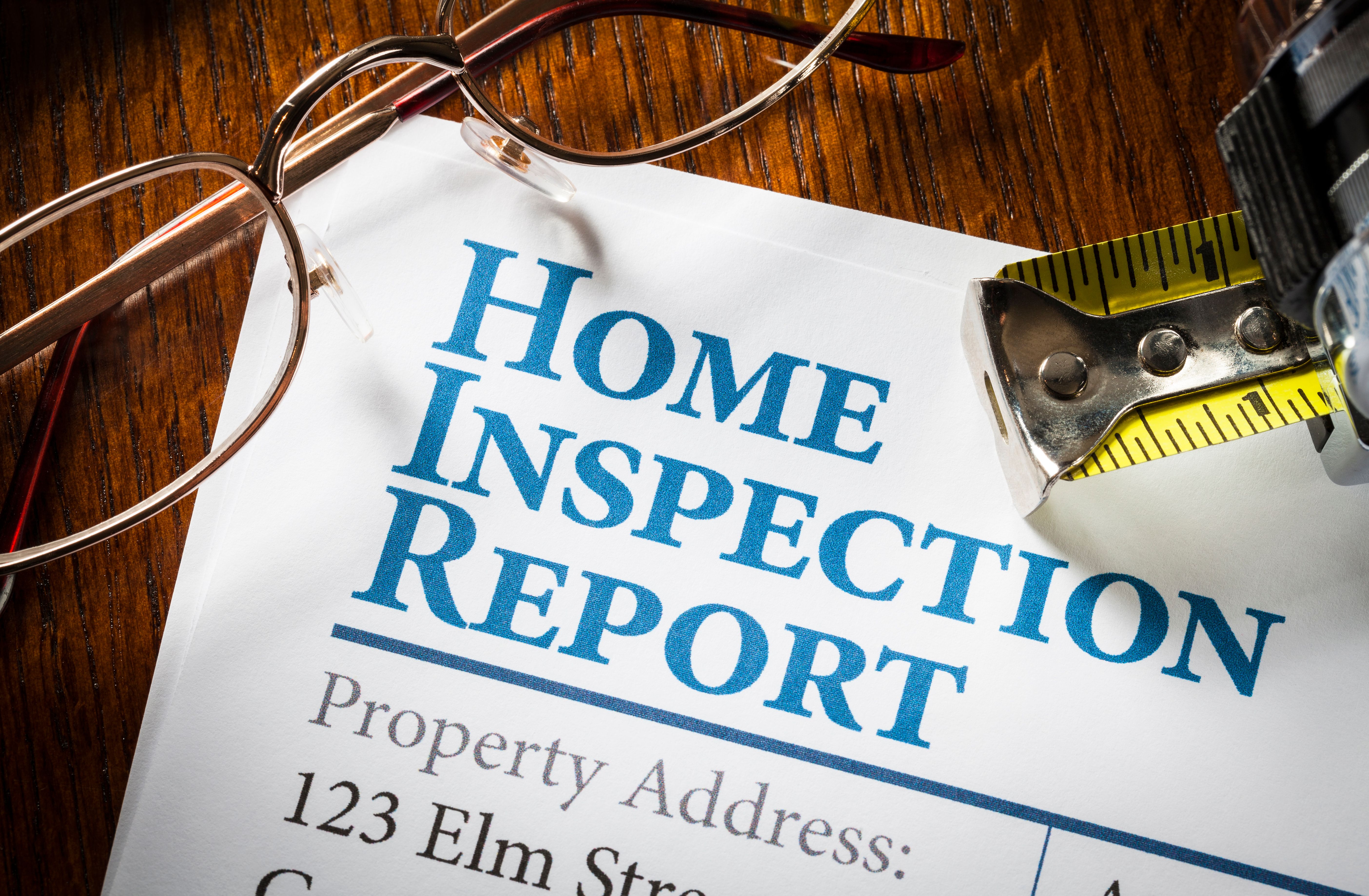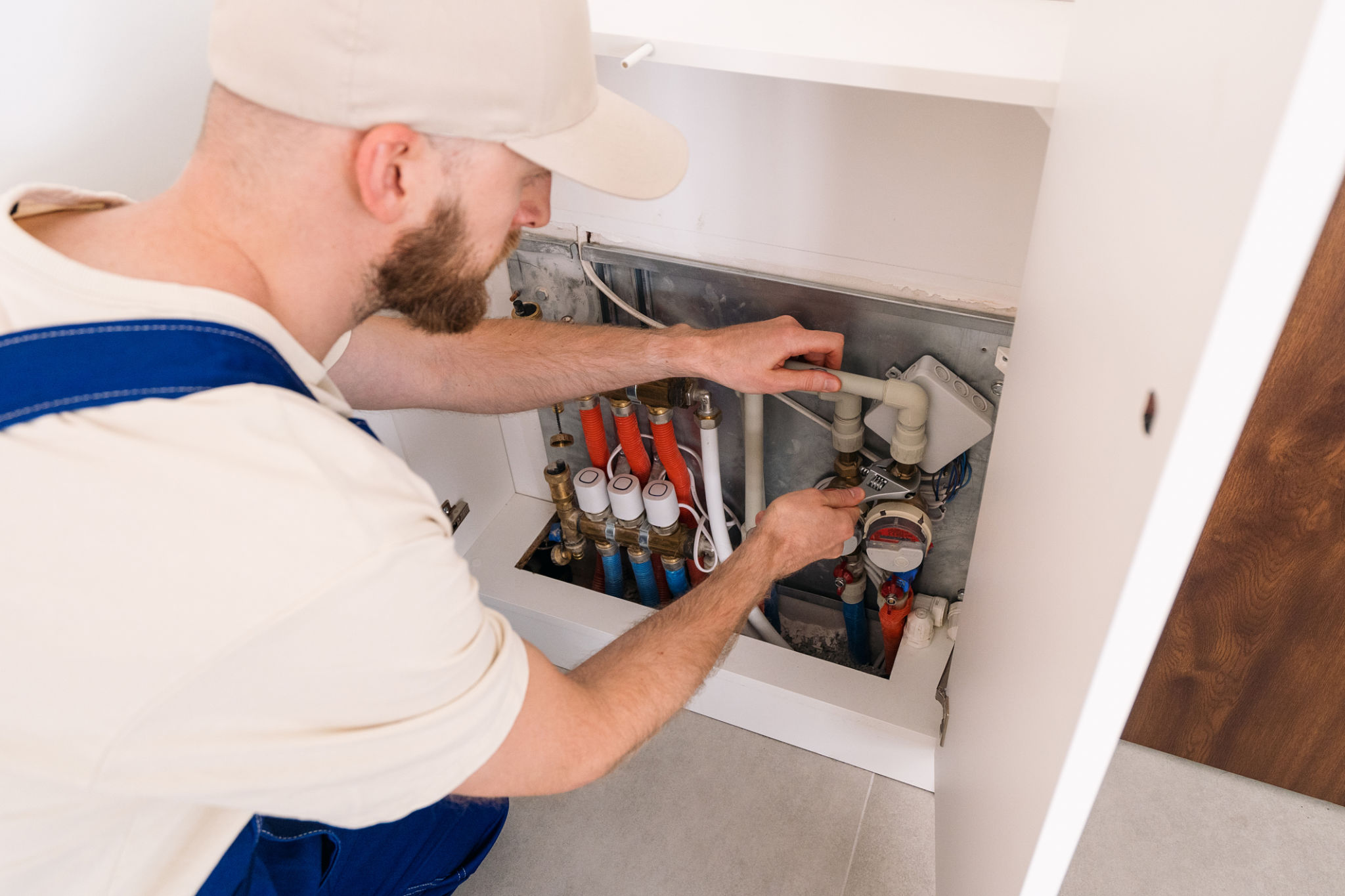DIY Home Inspection Tips Before Calling the Experts
Understanding the Basics of Home Inspection
Before you call in the professionals, it's essential to understand what a home inspection entails. A home inspection is a thorough examination of the physical structure and systems of a property. By doing a DIY inspection, you can identify potential issues that might require expert attention. Not only does this save time, but it can also help you prioritize repairs and budget accordingly.
It's important to approach your DIY inspection methodically. Start by familiarizing yourself with the major components of a home inspection, such as the roof, foundation, plumbing, and electrical systems. This knowledge will help you conduct a more effective examination and ensure you don't overlook critical areas.

Exterior Inspection Tips
Evaluating the Roof and Gutters
Start with the roof. Look for missing or damaged shingles, signs of sagging, and any debris that may have accumulated. A well-maintained roof is crucial for protecting your home from water damage. Next, inspect the gutters for blockages and ensure they are securely attached to the house. Clogged or improperly installed gutters can lead to water damage and other structural issues.
Examining the Foundation
The foundation of your home plays a vital role in its stability. Walk around the exterior and look for cracks in the walls or uneven ground surfaces, which can indicate potential foundation problems. Additionally, check for water pooling around the base of your home, as this could lead to significant damage over time.

Interior Inspection Tips
Checking Electrical Systems
When inspecting the interior, one of the key areas to focus on is the electrical system. Test light switches and outlets to ensure they are functioning correctly. Be on the lookout for frayed wires or exposed electrical components, as these can pose a fire hazard. If you notice flickering lights or frequent circuit breaker trips, it may be time to consult an electrician.
Inspecting Plumbing Systems
The plumbing system is another critical component to inspect. Check under sinks for any signs of leaks or water stains. Flush toilets to see if they are working properly and check for slow drainage in sinks and showers. If you encounter persistent water pressure issues or unusual noises in the pipes, it might be necessary to call in a plumbing professional.

Heating and Cooling Systems
Your home's heating and cooling systems are crucial for maintaining a comfortable living environment. Begin by checking the HVAC filters and replacing them if necessary. Listen for any unusual noises coming from furnaces or air conditioning units, as these could indicate mechanical issues. Regular maintenance of these systems not only enhances their efficiency but can also prolong their lifespan.
Final Thoughts on DIY Home Inspections
Performing a DIY home inspection is an excellent way to familiarize yourself with your property's condition and identify any potential issues before they escalate. While this process can be informative and cost-effective, remember that it doesn't replace professional inspections. For complex problems or when in doubt, always consult with an expert to ensure your home remains safe and sound.
By taking these proactive steps, you'll be better prepared when it's time to involve professionals, ensuring that your home remains in excellent condition for years to come.
